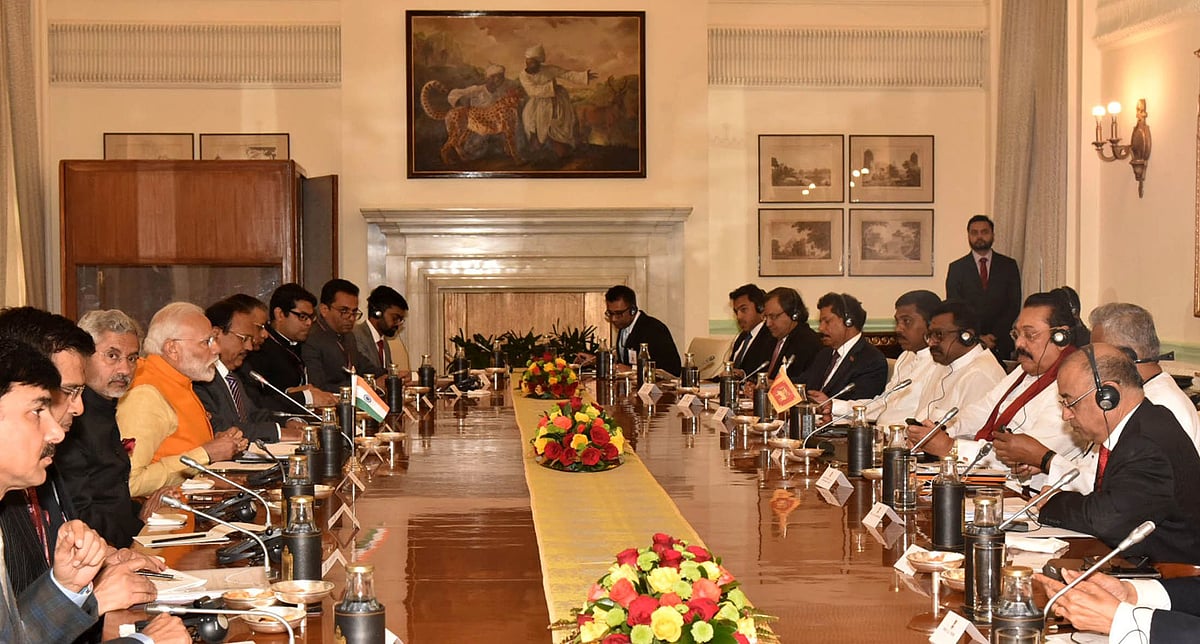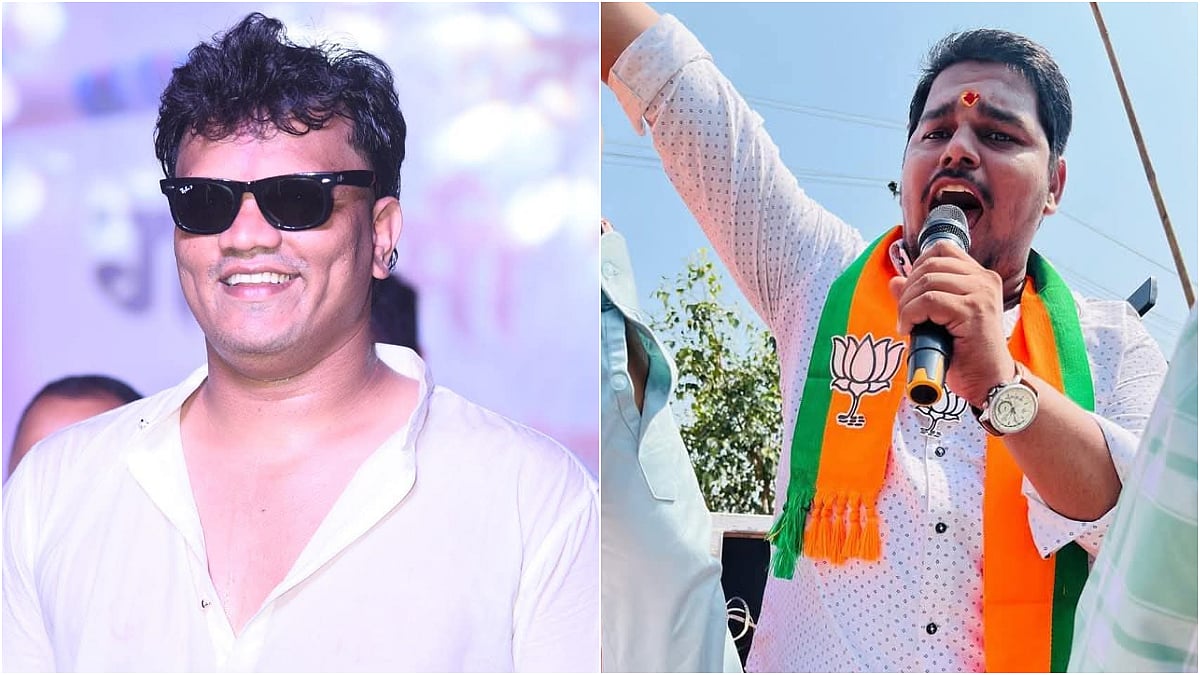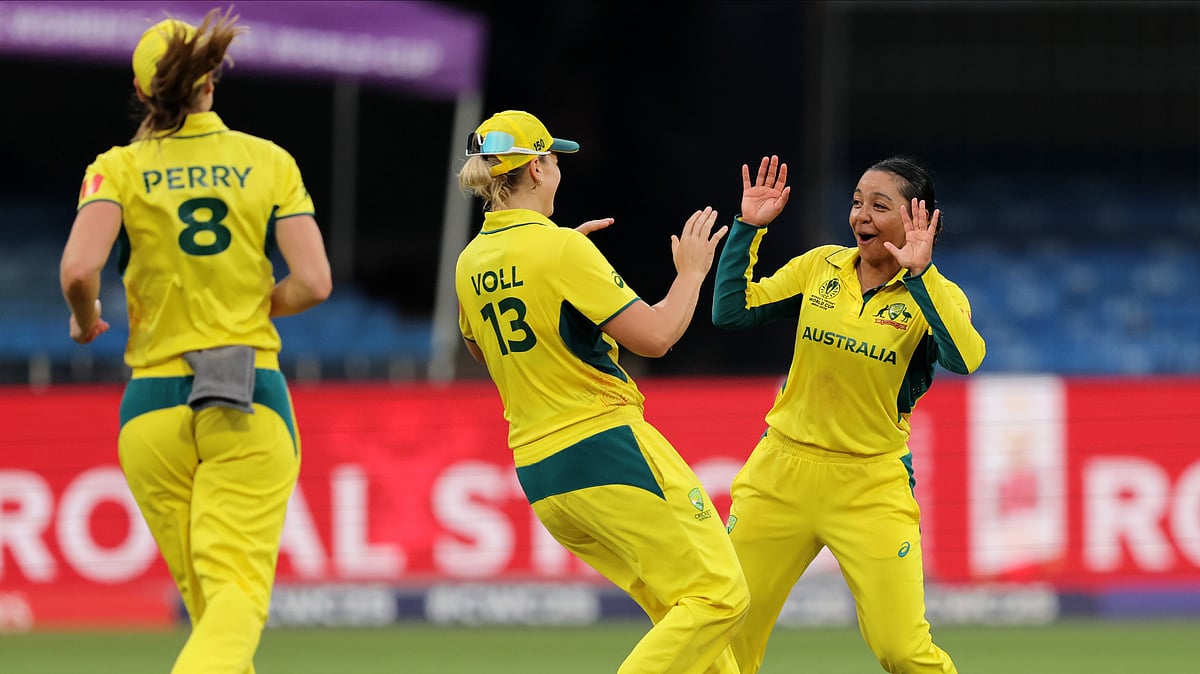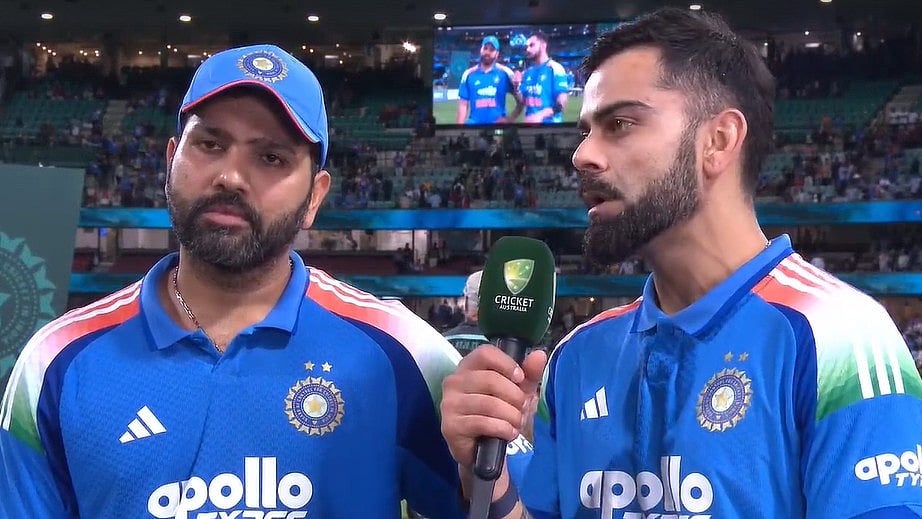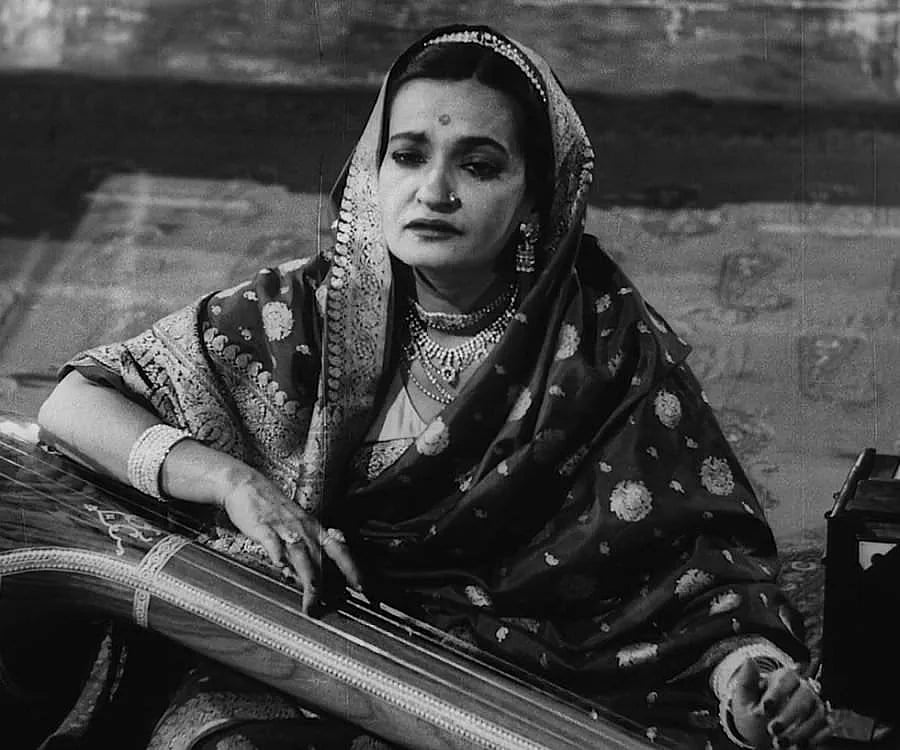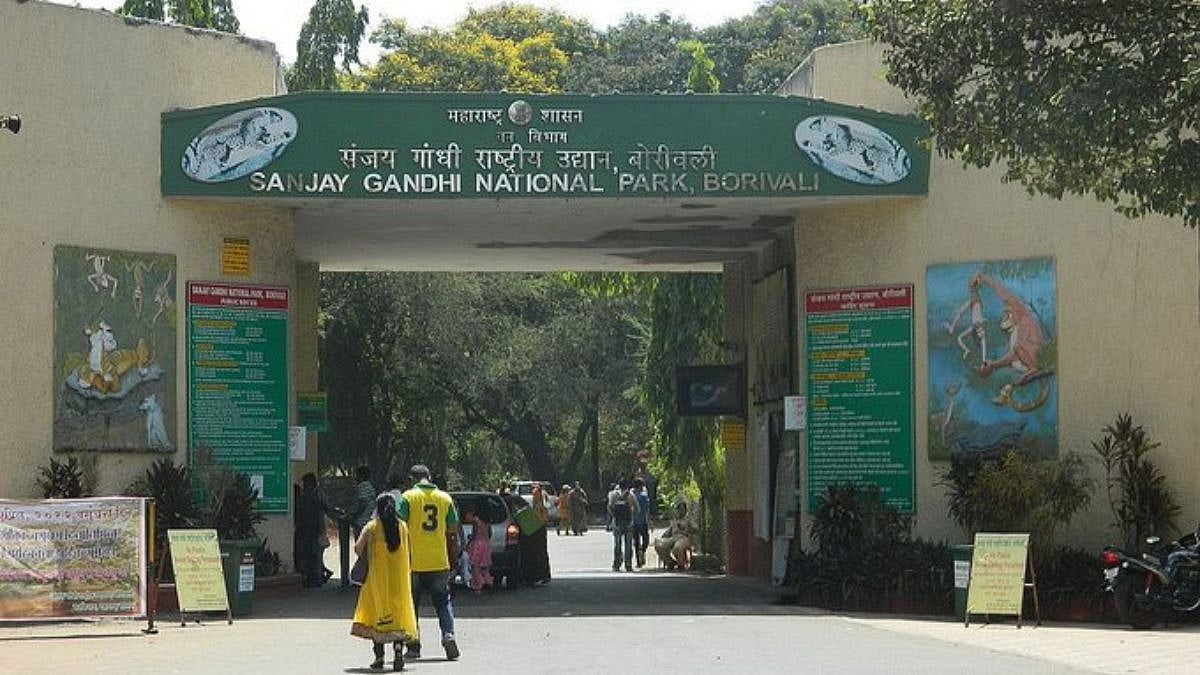It is to be hoped that Narendra Modi’s reported plainspeaking to Mahinda Rajapaksa will not be overshadowed by the more internationally alluring dimensions of the India-Sri Lanka dialogue. There can be no question of either Delhi or Colombo trying to fulfil the strategically grander global role that might beckon until the Rajapaksas – the younger brother Gotabaya is president while the older Mahinda is prime minister – set their house in order by agreeing to devolve some power to the island’s Tamils as prescribed under the neglected 13-A amendment to Sri Lanka’s constitution.
The strategic role is tempting especially after Donald Trump gratifyingly highlighted the importance of the Indo-Pacific region by renaming the Honolulu-based US Pacific Command the Indo-Pacific command. The US also withdrew from the Trans-Pacific Partnership, and called on its allies to share the burden equitably. Back from her South Asian travels, US Deputy Assistant Secretary of State Alice Wells drew further attention to the region’s geopolitical importance by saying “Sri Lanka occupies some very important real estate in the Indo-Pacific region, and it’s a country of increasing strategic importance in the Indian Ocean region”. It must also have been music to Mr Modi’s ears to hear Prime Minister Rajapaksa speak appreciatively of Sri Lankan police officers “participating in anti-terrorism courses in India’s premier training institutes”, of intelligence-sharing and counter-terrorism capacity building.
So far, however, New Delhi seems to be sticking to its principled stand on amendment 13-A which was introduced at India’s urging as part of Rajiv Gandhi’s 1987 peace accord with J R Jayewardene, and which envisages a federal dispensation instead of the present unitary authoritarian government. It is the only way of ensuring the willing cooperation of Tamils still licking their wounds. Mr Modi told the media that he and his guest “spoke openly on issues related to reconciliation.” He was “confident that the government of Sri Lanka will realise the expectations of the Tamil people for equality, justice, peace, and respect within a united Sri Lanka. For this, it will be necessary to carry forward the process of reconciliation with the implementation of the Thirteenth Amendment to the constitution of Sri Lanka.”
On the face of it, Sri Lanka’s prime minister seems agreeable. He says he is willing to talk to elected Tamil representatives, but adds that it would be possible to do so only after the parliamentary and Provincial Council elections. It isn’t clear whether he meant only the Tamil-majority Northern Province or also the multi-ethnic Eastern Province or the merged province that Tamils demand. Nor is there any sign of the conciliatory approach that prompted former President Maithripal Sirisena, who replaced Mr Mahinda Rajapaksa in January 2015, to take a “peace pledge” in 2016, appoint a Tamil chief justice, and allow the Tamil version of the national anthem also to be sung on ceremonial occasions instead of ramming a local equivalent of Vande Mataram down minority throats. The decision to drop the Tamil version from last week’s Independence Day celebrations doesn’t augur well for the future.
Gotabaya and Mahinda Rajapaksa have a dual task. Not only must they tackle what the Lessons Learnt and Reconciliation Commission signally failed to achieve, but they must also live down their own roles during those 27 years of a bloody civil war that ended technically on May 18, 2009 but left behind a trail of bitterness, broken lives and shattered hopes. There may not be enough energy left for the Tigers to rise again but the surly silence of Tamils who feel victimised and discriminated against should not be mistaken for peaceful cooperation.
Prime Minister Rajapaksa is reportedly trying to make common cause with India to fight radical Islam. To this end, and no doubt to endear himself to the Bharatiya Janata Party’s Hindu revivalists, he decided to visit a number of Hindu and Buddhist religious places – Varanasi, Sarnath, Bodh Gaya and Tirupati – to signal how Hindu-majority India and Buddhist-dominated Sri Lanka can unite to deal with the threat of Islamic fundamentalism. More than 70 per cent of Sri Lankans are Theravada Buddhists, while 12.6 per cent are Hindus, 9.7 per cent are Muslims and 6.2 per cent are Roman Catholics. This last group was the target of last year’s grim Easter Sunday bombings in churches and hotels when Islamist terrorists killed more than 260 people and injured another 500.
The massacre won the Sinhalese considerable support and sympathy in Indian ruling circles. President Gotabaya Rajapaksa’s victory in the November presidential election was also attributed mainly to his image as a strong leader. During Prime Minister Rajapaksa’s presidency in 2009, Gotabaya had played a key role as defence minister in eliminating the Tamil Tigers, including their leader Velupillai Prabhakaran. It especially rankles with the Sinhalese that Muslim extremist groups succeeded in radicalising a section of Sri Lanka’s own citizens who had always been peaceful and who refused to identify as Tamil even when Tamil was their mother tongue, preferring to be called Malay, Moor or just Muslim.
As the patriarch of the Rajapaksa family, Mahinda is accepted as the most important and popular of all the brothers. Although he now runs a minority government, he is expected to win handsomely in the April parliamentary elections. That he decided to come to India at this delicate juncture is evidence of India’s importance in Sri Lanka. President Gotabaya Rajapaksa also chose India as his first foreign destination within weeks of his elevation. Foreign Minister Dinesh Gunawardena followed. Relations were not always so cosy. Having vanquished the LTTE and successfully ended the 27-year ethnic war, Mahinda, then president, seemed to incline towards China. Relations with India became strained when he allowed a Chinese nuclear submarine and warship to dock at Colombo port in 2014. But the episode was not repeated and President Sirisena turned down Beijing’s similar request three years later.
There has been no major hitch since then in India’s engagement with the Rajapaksa brothers. India has kept out of the political infighting that has become a feature of Sri Lanka’s democratic parties, and Sri Lanka has been tactful enough not to involve China in any strategic situation. But China can’t be wished away, especially since it is a much bigger source than India of the funds Sri Lanka so desperately needs. It will continue to play a key part in developing the island’s trade and infrastructure development without however doing anything to make India feel that its security is being undermined. Neither can Sri Lanka’s Tamils be wished away. The Rajapaksa brothers will have to make their peace with them, apart from expiating their past record, if Sri Lanka is to regain its reputation as the Isle of Serendip.
The writer is the author of several books and a regular media columnist..
